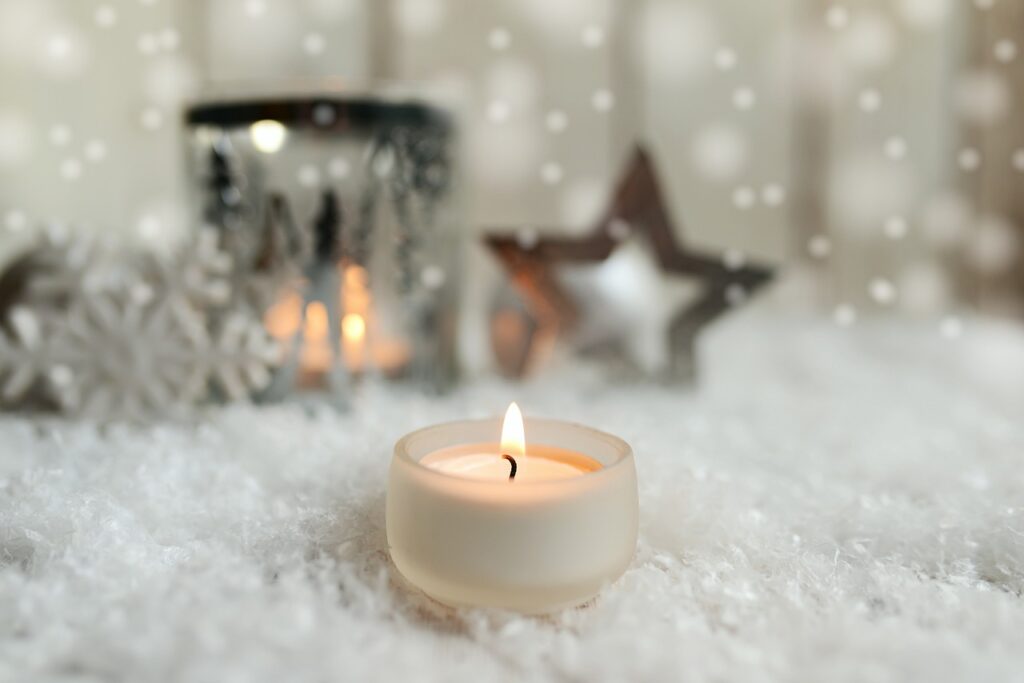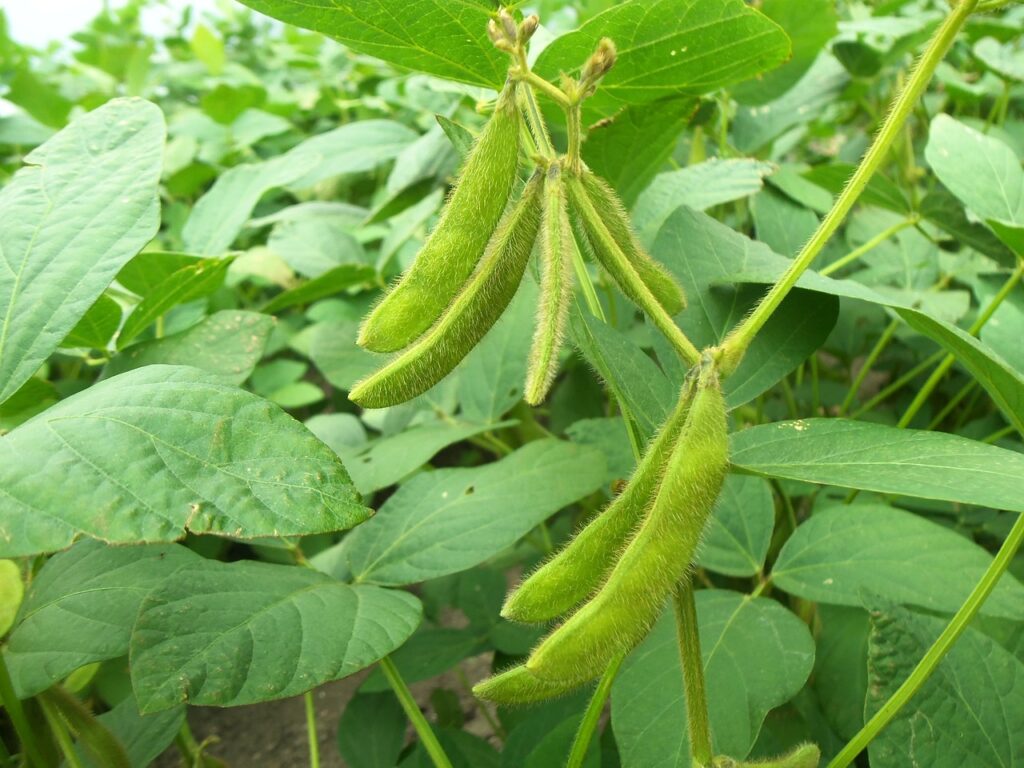On your candle making journey, understanding various candle making terms is part of the learning process. Knowing what you’re talking about makes it easy to confidently discuss candle making with potential buyers and fellow crafters. Here, we’ll go over essential candle making terms, from basic to advanced, and covering aspects of safety and design.
Key Takeaways
- Understanding the basic candle making terms is essential for getting started in the craft.
- Advanced candle making terms can help you create more complex and sophisticated candle designs.
- Knowing candle making safety terms is crucial for making safe and informed decisions, while candle design terms can help you create visually appealing candles.
Basic Candle Making Terms
This section covers the most essential terms you’ll need to know to start making candles.
Wax Types
There are several types of wax that you can use to make candles. Here are some of the most common types:
- Paraffin Wax: The most common type of wax used in candle making. It’s inexpensive and easy to work with, but it’s a petroleum by product, which some people prefer to avoid.
- Soy Wax: Made from soybeans and is a popular alternative to paraffin wax. It’s eco-friendly and has a lower melting point, which makes it easier to work with.
- Beeswax: A natural wax produced by bees. Its sweet, honey-like scent is often used in high-end candles.
- Palm Wax: Made from palm oil and is a sustainable alternative to paraffin wax. It has a unique crystalline structure that gives candles a distinctive look.
Wick Choices
Choosing the right wick is important for ensuring that your candle burns evenly. Here are some common types of wicks:
- Cotton Wicks: The most common type of wick used in candle making. They’re easy to work with and come in a variety of sizes.
- Wooden Wicks: Wooden wicks are becoming increasingly popular in candle making. They give candles a unique crackling sound when they burn.
- Zinc-Core Wicks: Zinc-core wicks are often used in container candles. They’re sturdy and hold up well in soft waxes like soy wax.
Melt Point
The melt point of your wax is important because it determines how hot the wax needs to be in order to melt and pour. Here are some common melt points:
- Paraffin Wax: 120-160°F (49-71°C)
- Soy Wax: 110-130°F (43-54°C)
- Beeswax: 144-147°F (62-64°C)
- Palm Wax: 140-150°F (60-66°C)
Understanding these basic terms will help you get started with candle making. As you gain more experience, you’ll become familiar with more advanced terms and techniques.
Advanced Candle Making Terms
As you become a more experienced candle maker, you’ll become familiar with more advanced candle making terms. These terms are important to know if you want to take your candle making skills to the next level.
Cold Throw
Cold throw is the scent of a candle when it’s not lit. This is important because the scent of a candle affects the overall experience of using it. A strong cold throw will sell the candle.
Hot Throw
Hot throw refers to the scent of a candle when it’s lit. This is the most important aspect of a candle’s scent, as it’s what you’ll experience when using the candle. To achieve a strong hot throw, you need a balance between the wax, wick and fragrance oil.
Double Pour
Double pour refers to the process of pouring two different layers of wax into a candle. This creates a visually interesting candle, with one layer being a different color or scent than the other. To achieve a successful double pour, it’s important to let the first layer of wax cool before pouring the second layer. This will help prevent the layers from mixing together and creating an uneven appearance.
That’s it for our advanced candle making terms. Incorporating these techniques into your candle making process can help you create candles that look and smell amazing.
Candle Making Safety Terms
When making candles, it is important to prioritize safety to avoid accidents. Here are some candle making safety terms that you should be familiar with:
Flash Point
Flash point refers to the temperature at which a liquid or solid substance can ignite when exposed to an open flame or spark. In candle making, the flash point of the wax is an important consideration as it can affect the safety of the candle. To ensure safety,
Fragrance Load
Fragrance load refers to how much fragrance oil you use compared to the total weight of the wax. It’s crucial for achieving the right scent strength when the candle burns.
The ideal fragrance load in candle making typically ranges from 5% to 12% of fragrance oil. However, the specific percentage can vary based on the type of wax, the manufacturer’s recommendations, and personal preferences for scent intensity.
It’s essential for candle makers to refer to product-specific guidelines and conduct tests to determine the optimal fragrance load for their specific wax and desired fragrance strength.
Cure Time
Cure time is the amount of time it takes for the candle to fully set and develop its scent. During this time, the candle should be kept in a cool, dry place away from direct sunlight. It’s important to follow the recommended cure time to ensure that the candle is safe to use.
It’s also important to follow other candle making safety practices, such as wearing gloves and protective clothing, and using a thermometer to monitor wax temperature.
By being aware of these safety terms and following proper safety practices, you can enjoy the process of making candles while ensuring you stay safe.
Candle Design Terms
When it comes to candle making, there are several design terms that you should be familiar with. Understanding these terms will help you create candles that look and perform the way you want them to. Here are some of the most common candle design terms:
Frosting
Frosting describes the white, powdery substance that sometimes appears on the surface of candles. This is caused by the natural crystallization of the wax as it cools. While some people don’t mind the look of frosting, others find it unappealing. To minimize frosting, you can try pouring your candles at a slightly higher temperature, or use a different type of wax.
Mottling
Mottling is a design technique that creates a speckled or marbled effect on the surface of candles. This is achieved by cooling the wax at different rates, which causes the wax to contract and create small cracks. Mottled candles can be created by using a specialized mottling wax, or by adding additives to your regular wax.
Wet Spots
Wet spots occur when the wax pulls away from the container, leaving a wet appearance (it’s not really wet). Temperature changes and the cooling process are factors when this happens. To minimize wet spots, you can try preheating your containers, pour your wax at a slightly different temperature, use an opaque jar, or try a different type of wax.
Tunneling
Tunneling describes a candle that burns straight down the center, leaving a thick layer of wax around the edges. A variety of factors cause this, including the size of the wick and the type of wax. To prevent tunneling, you can try using a larger wick or a softer wax.



